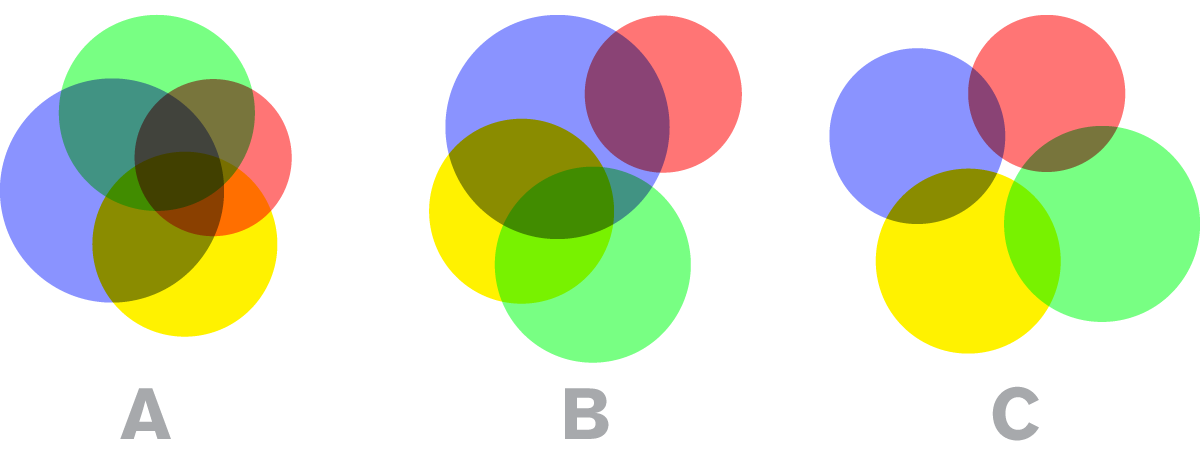Myth of Essence & Art of Engagement
A Western mind habitually seeks an essence in everything it sees. It keeps peeling away layers of an onion, hoping to find the essence hidden at the core. It hones in and digs deeper. Specialization, therefore, is how we gain credibility and authority in the West. If we do not specialize, our opinions on any subject would not be taken seriously. We “earn” the qualification to express our opinions by specializing. But specialization blinds us from seeing how things relate to one another. Western doctors, for instance, are so highly specialized (divided by individual organs) that they can only see illness with a microscope as if the essence of each illness is to be found deep within each organ. They are largely unaware of how different parts of our bodies affect one another.
Philosophers too are preoccupied with seeking the essence, or the truth, in every topic they specialize in. They all want to have the last word. They want their own words to be so flawless that they could end all philosophical debates. Their fantasy is that their words stay true forever. To achieve that, the truth value of their words cannot rely on the subjective interpretations of their audience. They need to be verified by a system independent of it. Their truths must stand on their own. Philosophers, therefore, are not interested in having a conversation or negotiation; they want to state their own cases, and hope that they stand the test of time. This is why most philosophers are more interested in defending their own words than in learning something new by finding flaws in their own arguments.
Even artists habitually follow the same pattern. They believe the essence of art is, or should be, situated within each object of art. They strive to create an object that “stands on its own” or “speaks for itself”. In Derrida’s term, their goal is to create a “transcendental signified”; significance that exists outside of, and independent of, time and context. For this reason, Western artists have a tendency to isolate themselves in their own studios. Since they believe the essence of art is situated within an art object, they see audience as an irrelevant or superfluous aspect of art; so they leave it to their dealers to manage.
In the East, art object is merely a tool to engage in the experience of art; the art, or the beauty, is not situated inside of it, but in the relationship between the object and the artist or the audience. The goal of Eastern art isn’t to achieve or find the essence of beauty; art is a process of engagement. There is no destination in art; only a journey. There is no truth in art to be discovered; it’s an endless conversation. What to talk about is not as important as how to have the conversation. The topic of the conversation may be nothing new, like love, loneliness, joy, death, etc.. We can use the age-old topic, object, form, or material to engage our audience in different ways relevant to our own time and place.
In Japanese tea ceremonies, the line between artist and audience is blurred. It is a choreography performed by both, in many cases just two people in a room. The art, or the theater, of tea exists only in that specific moment and context for the few who participated. The object of art, the tea, is just a tool to have the experience. The essence of Japanese tea ceremony is not to be found within the tea itself; it’s in the relationship between everything involved in the ceremony: the host, the guests, the cup, the ladle, the room, the flower arrangement, the weather, the sound, the movement, the scent, etc..
Western artists often forget to ask what audience means to them. They are mainly concerned about creating new objects, not a new way to engage an audience. They simply want to be players of the existing systems of audience engagement, like galleries, concert halls, theaters, Hollywood, publishers, record labels, etc., with their own established ways of making money. But some Western artists did shift their focus away from objects to audience engagement. Duchamp with his “Readymades”, for instance, preemptively denied our desire to see artistic essence in his objects. They were neither beautiful nor ugly. There was no meaning to be found in the objects themselves. It was art of engagement in the specific time and context. This heralded the beginning of so-called Postmodernism, and many Western artists since Duchamp have explored this path.
In the West, meaning is situated deep within a discrete object. In the East, meaning is situated in relationships, analogous to what Derrida termed “Différance”. You ask a typical Japanese person, “Who are you?”, she would have a hard time answering it because this question assumes that the meaning of one’s identity is independent of its context. But if you ask, “Who are you at work?”, she would be much more comfortable in answering it. [See “The Geography of Thought” by Richard Nisbett.] In contrast, the latter question would be more troublesome to a typical Westerner. He might respond by asserting that who he is does not change depending on the context.
Wittgenstein criticized this Western tendency in his theory “Family resemblance”. When we try to define a word, we tend to look for an essential feature that all uses of that word share in common, but he argued that there may not be such a feature, but these uses may be related to one another merely through overlapping similarities. Consider the diagrams below:

Configuration A is what we typically assume in trying to define a word. The black area at the center, we believe, is the essence of the word because it is shared by all uses of the word. That is, we assume that this central area must be more important than all the other areas. In this manner, we habitually create a hierarchy in our minds of different aspects. When we cannot identify an area shared by all uses, we question the validity or the effectiveness of the word. We assume that there must be something wrong with the word or our uses of it. The “essence” is always assumed to be there, and its validity is never questioned.
The same assumption exists in everything we put our mind to. When we define, for instance, who we are, we expect our “true self” to be that black area in configuration A. If no such area exists, as in B and C, we think we have an identity crisis, or that we are not being true to ourselves, or that we need to find our “soul”. And, when we find the overlapping core (if we happen to have one), we assume that the core is the most important part of ourselves, and the parts that are not overlapping at all are assumed as less significant. We further assume that the ideal configuration is one where all the circles are perfectly lined up, appearing to be one black circle, a consistent self that never changes. This is what Westerners want to find in their soul searching, a self independent of time and context, so as to achieve immortality. Furthermore, our culture expects us to find this immutable self before a certain age. Many people give into this pressure and start pretending. They act as if they have no self-doubt, and they deflect external doubts by projecting confidence and certainty. Ironically, their souls begin to die in their rigidity and stagnancy.
The reality of our existence is akin to these circles floating on the surface of river; they constantly move and change configurations. To live is to dance in this chaos. We have no real destinations. Goals exist only to make our journeys more fun and interesting. Our past and future exist to serve us now. Given that there are no ultimate destinations, there are no setbacks either; failures are just as fascinating and beneficial as successes. There is nowhere we need to go. There is nobody we need to be. It’s all about how engaged we are now.
Subscribe
I will email you when I post a new article.


